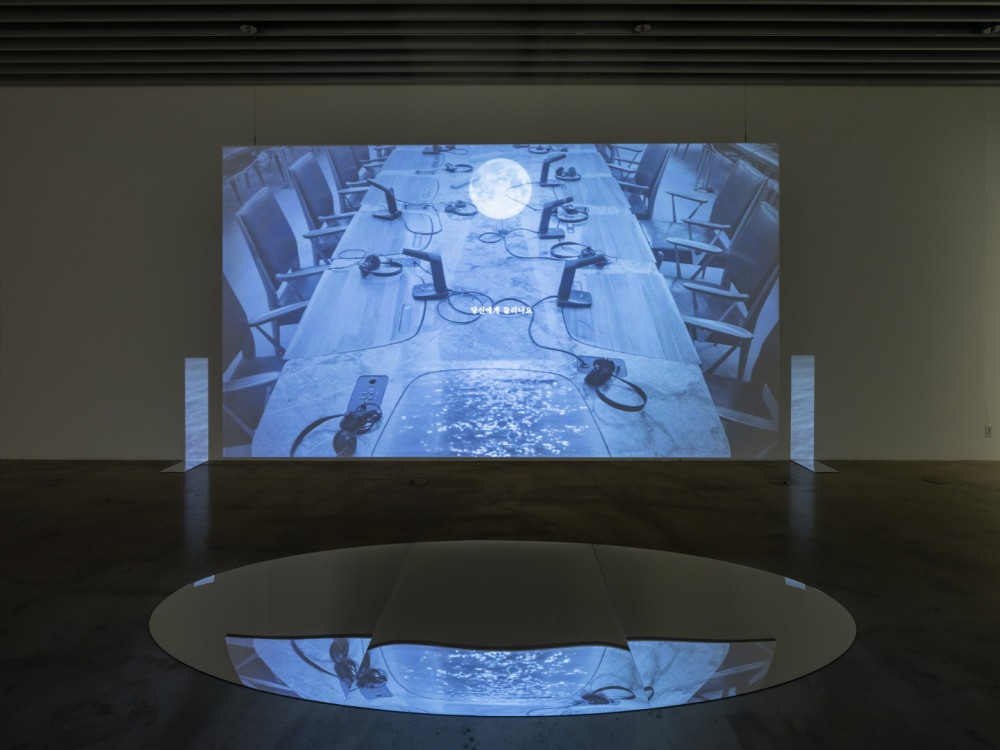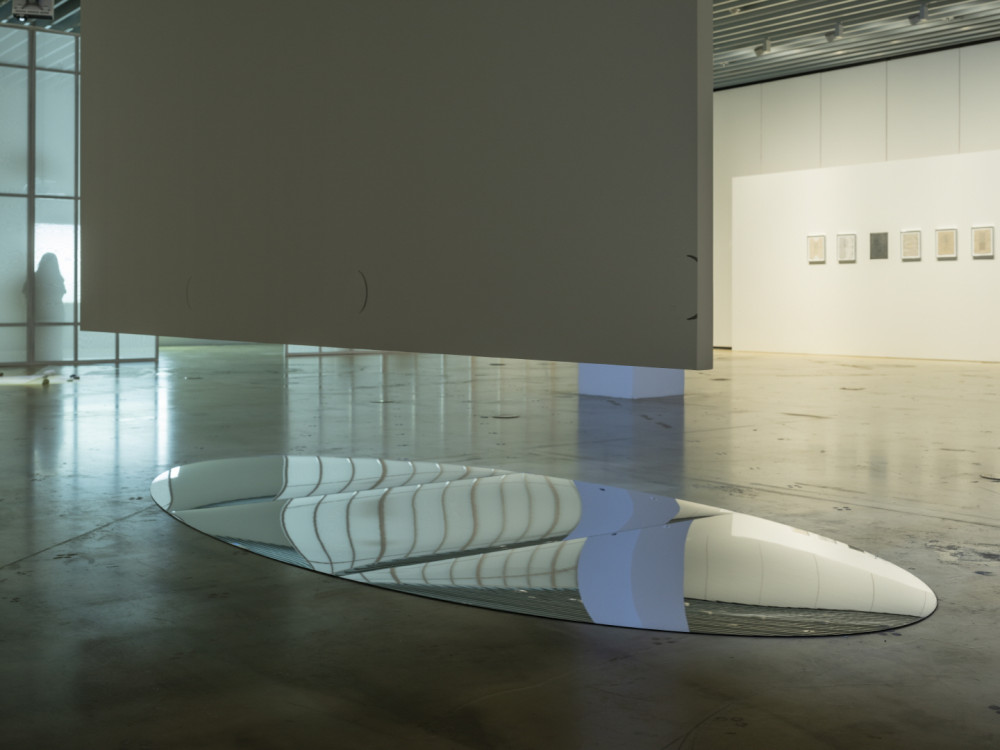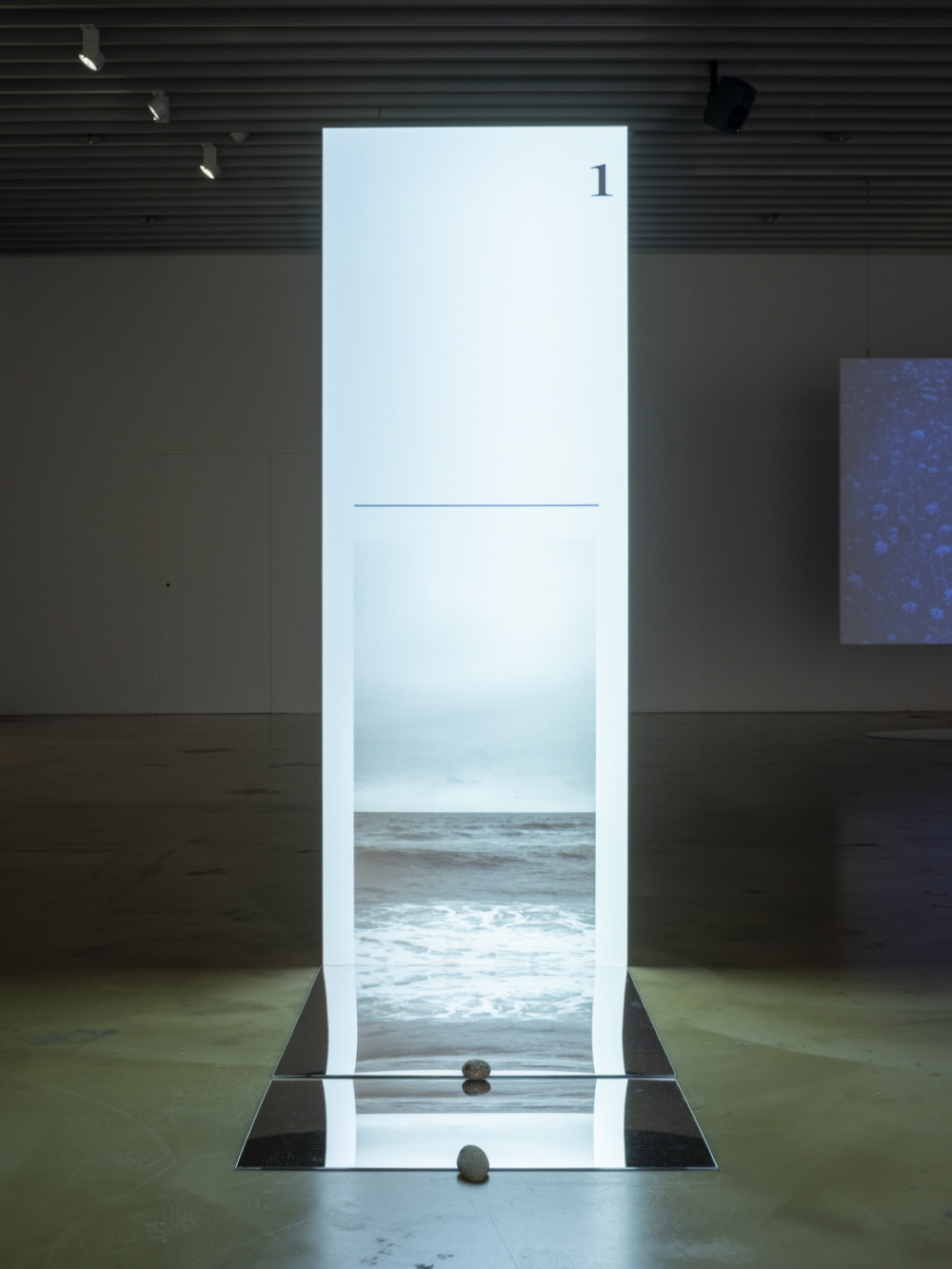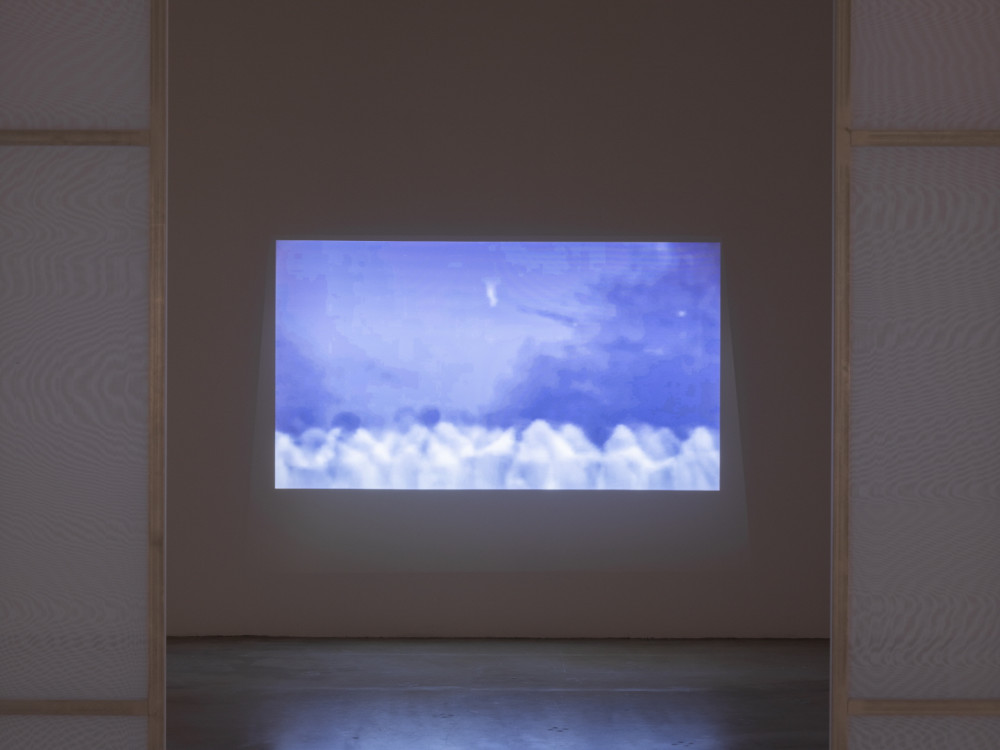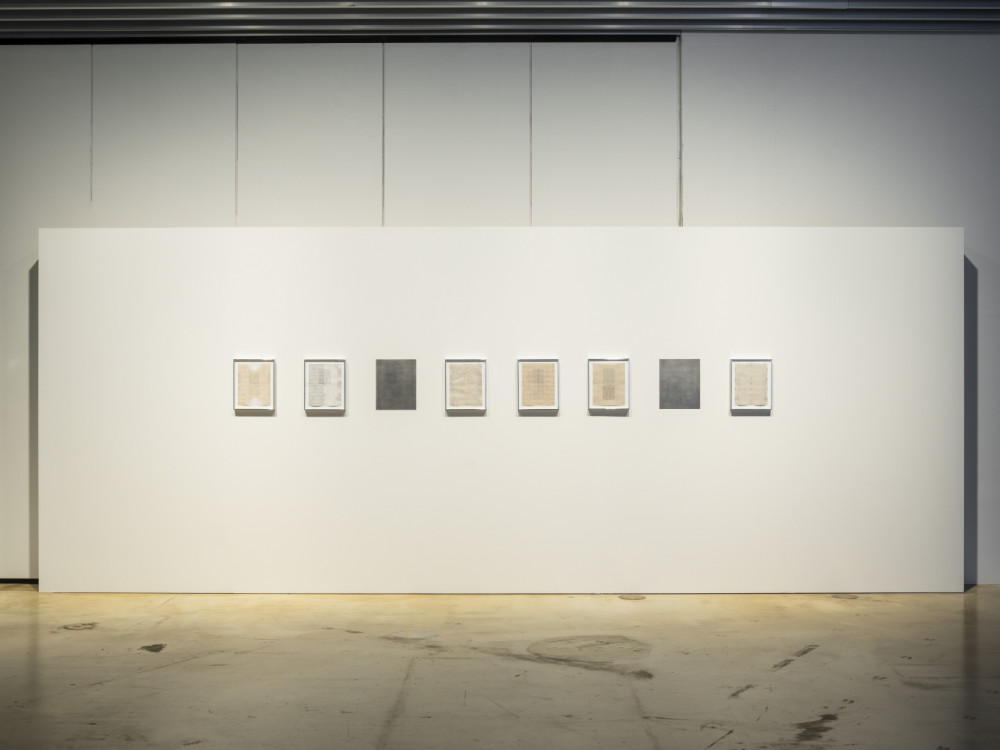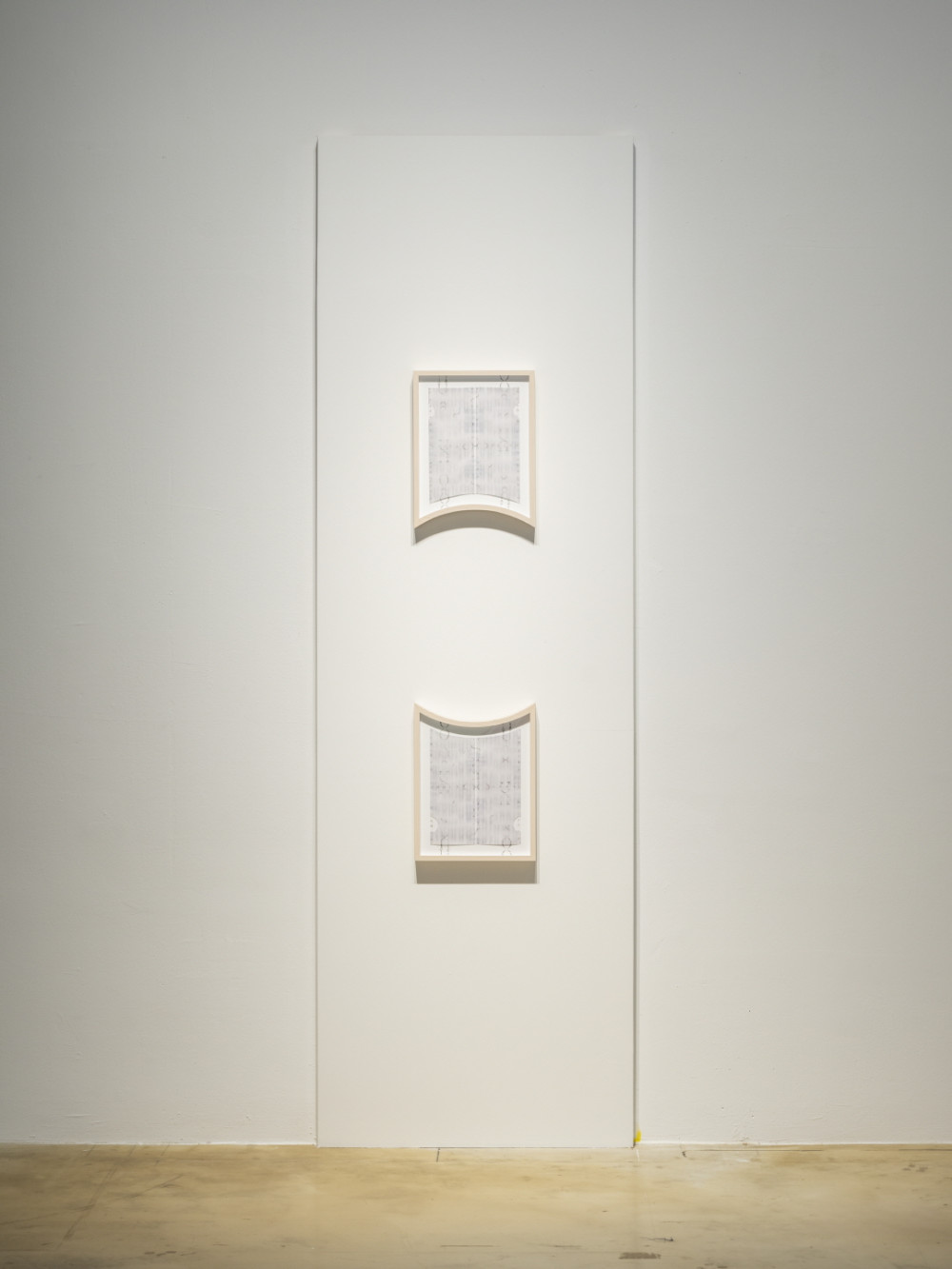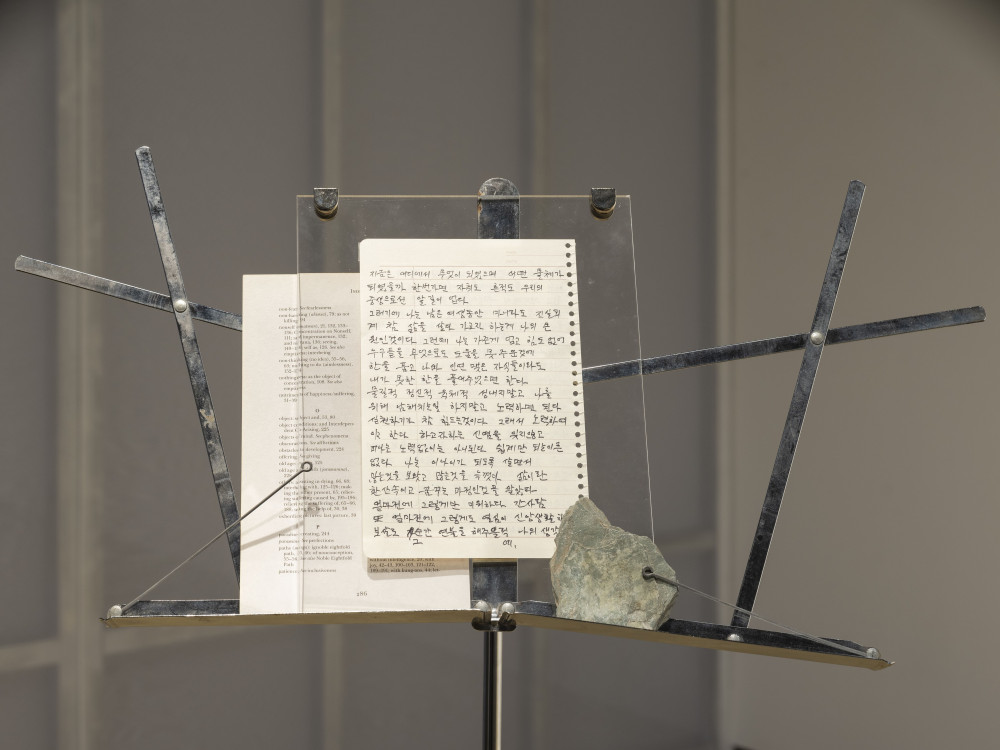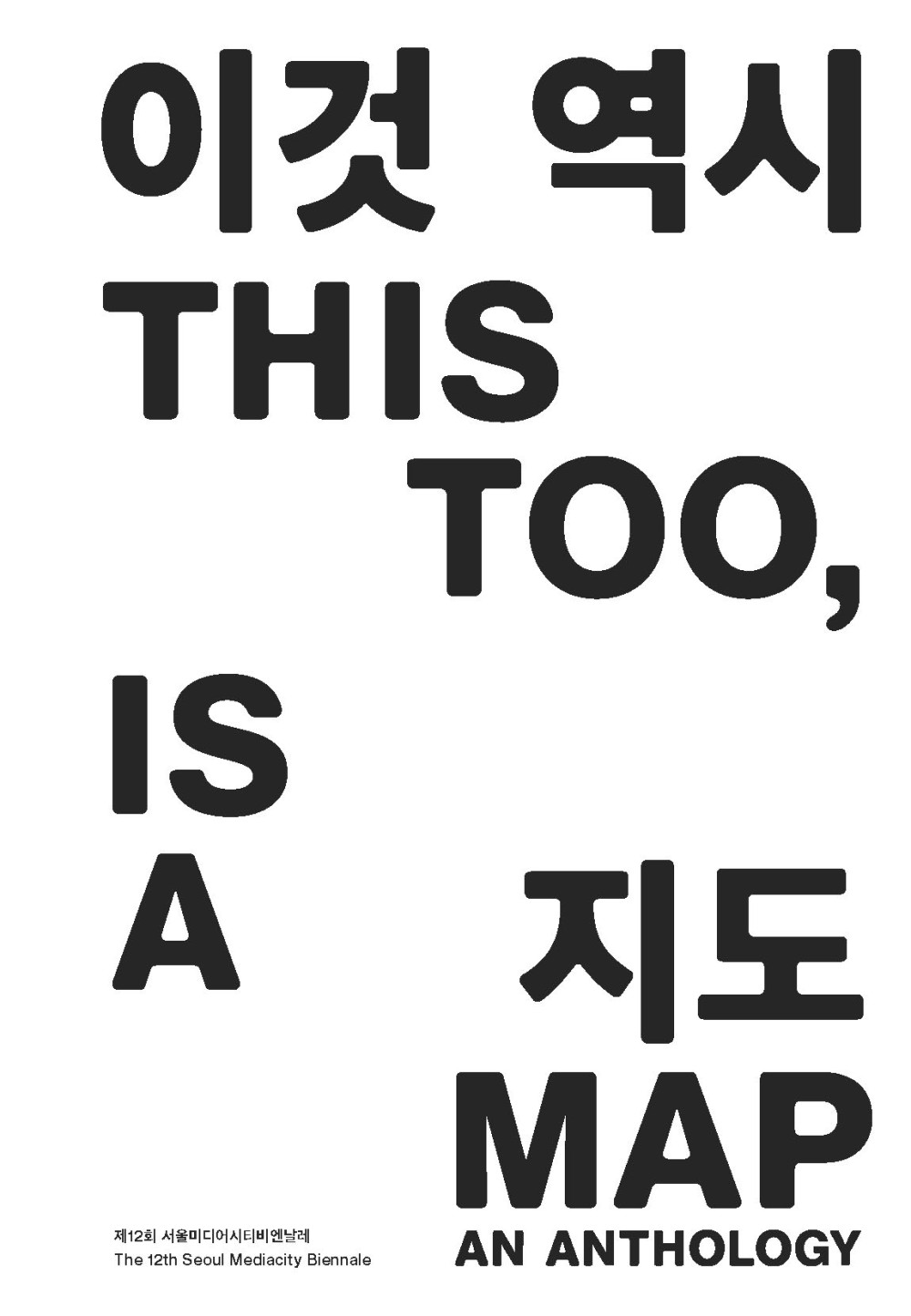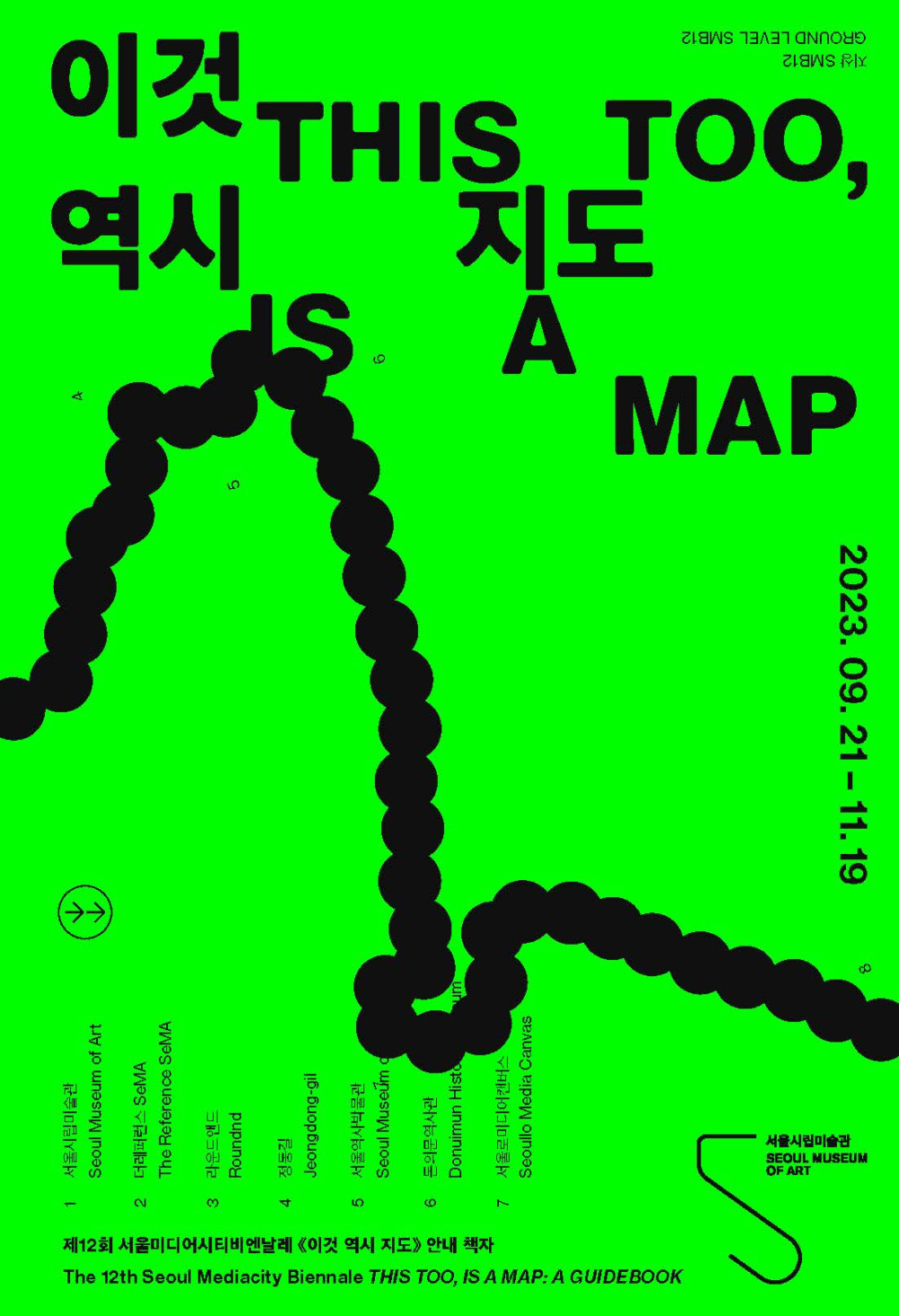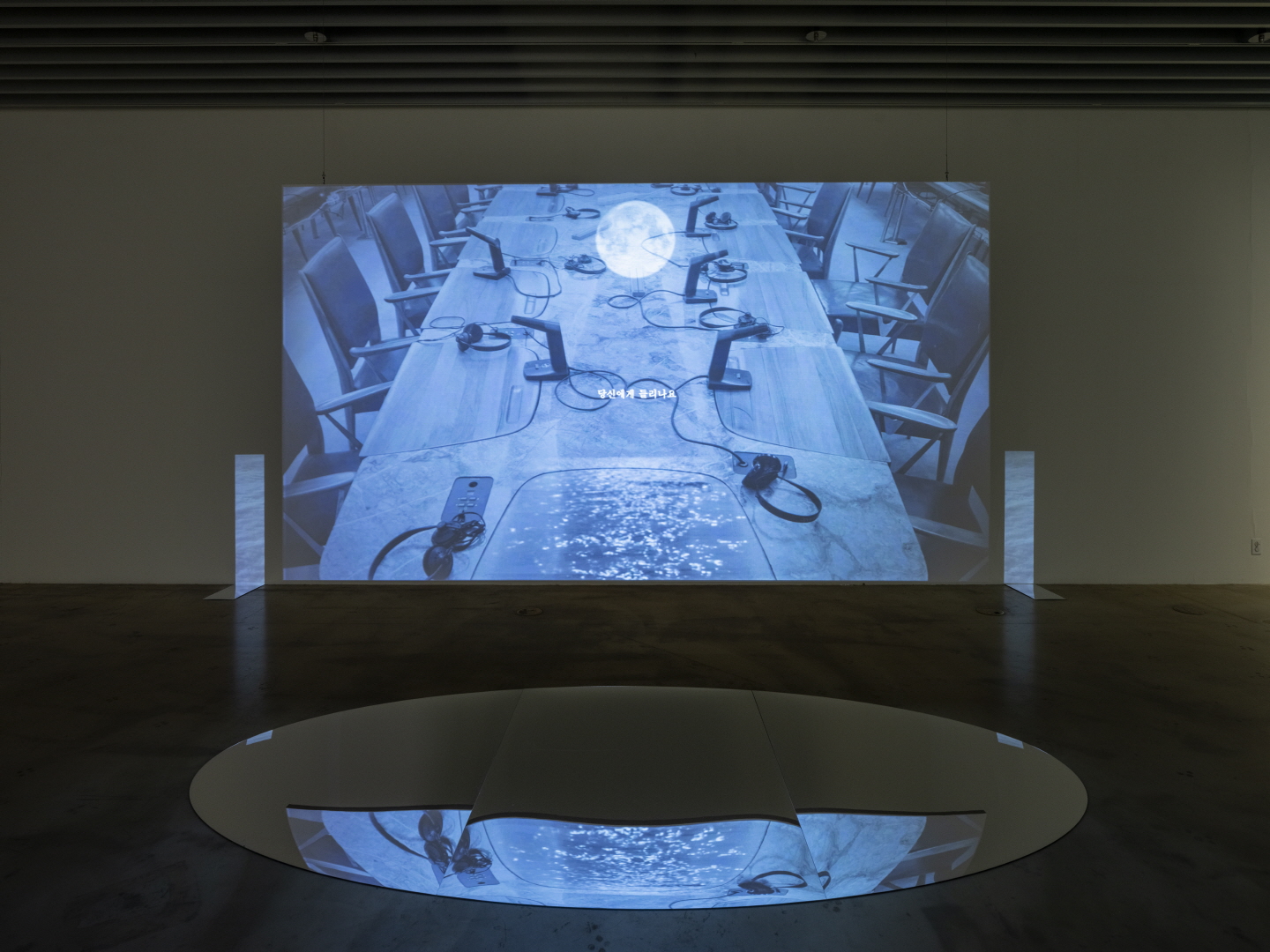
O dust uncovers intimate reflections on language, heritage, and the intangible, while decentering the Eurocentric translation and historiography of cultural inheritance. Filmed at the UNESCO headquarters in Paris (FR), O dust looks through the institutional apparatus of speech, such as the interpreter’s booths, machines, microphones, empty conference rooms, and the Intangible Cultural Heritage archives. The nonlinear film oscillates from moving image poetry, an imaginary multilingual folklore, to an abstract letter to Chun’s late grandmother, who was an un-historicized Korean folk dancer, and later a Buddhist monk. Aurally narrated by a French translator from the UN and the artist herself, it speaks through layers of sonic, linguistic, and visual ruptures that evade the bureaucratic narrative. Chun manipulates texts in three different languages, turning and overlapping them, so that they become difficult to read, and inserting indecipherable murmurs and hums to fracture the presumption of Eurocentric linguistic hierarchies and cultural hegemony, and insist on an imperative of the untranslatable. O dust meditates on the afterlife of inherited lyrics; and what continues to get carried across tongues, place, and time.
